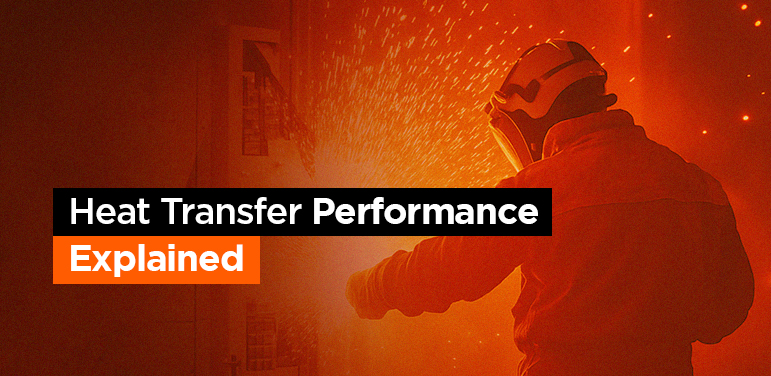NFPA 2112, the Standard on Flame-Resistant Clothing for Protection of Industrial Personnel against Short-Duration Thermal Exposures from Fire, outlines minimum performance requirements for garments designed to protect workers from flash fire hazards. One of the critical parameters in this standard is Heat Transfer Performance (HTP). HTP measures the ability of flame-resistant fabrics to resist heat …
Read More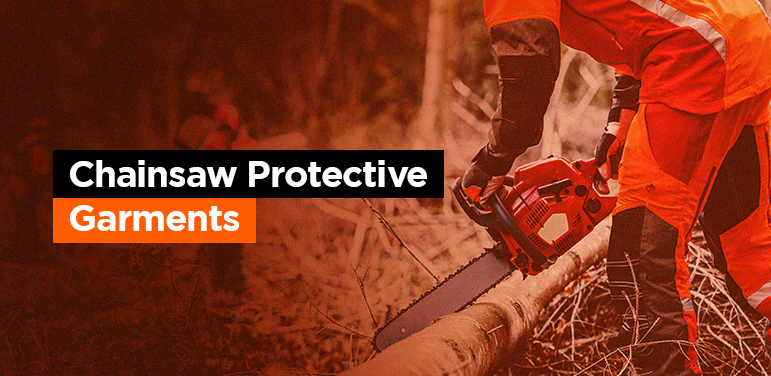
Chainsaw Protective Garments: Essential Safety Gear for Arborists and Forestry Workers
Chainsaw garments refer to protective clothing designed to safeguard workers from chainsaw-related injuries. The primary purpose of these garments is to protect the wearer against the cutting effect of a hand-held chainsaw. Clogging is the primary principle which leads to prevention of injury to a user from a hand-held chainsaw primarily constructed for cutting wood. …
Read More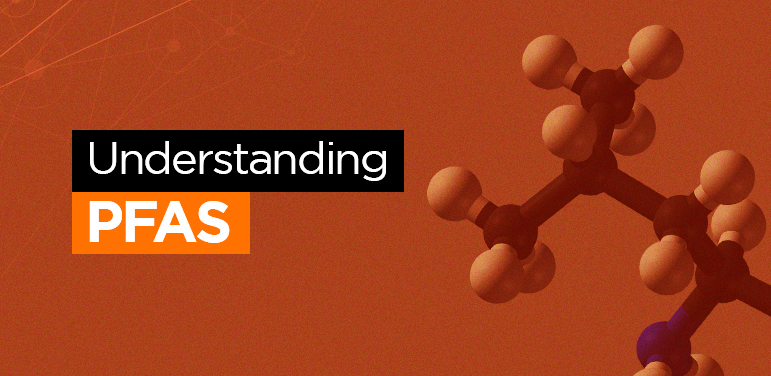
PFAS – What It Means, Safety Concerns, Regulations & PFAS-free Alternatives
What Are PFAS? PFAS stands for Per- and Poly- Fluorinated Alkyl Substances. PFAS are a large group of complex synthetic chemicals that have been used in the industry and consumer products around the world since the 1950s. They are used to give water, oil, and dirt repellent effect in various everyday products such as non-stick …
Read More
Unlocking Safety: Introducing TaraHEAL® – The Revolutionary Solution for Repairing FR Clothing
Introduction In the realm of safety, fire-resistant (FR) clothing stands as a stalwart guardian, offering unparalleled protection against fire and heat hazards. Unlike regular clothing, FR garments are engineered to withstand the rigors of harsh environments, resisting ignition, melting, tearing, and providing vital thermal insulation. However, ensuring the longevity and effectiveness of FR clothing necessitates …
Read More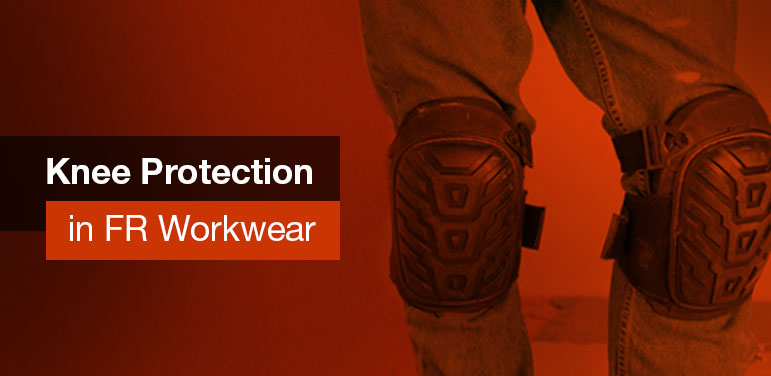
Knee Protection in FR Workwear
Knee protection is required in workplaces where workers are required to kneel for extended periods. This is because kneeling can put a lot of stress on the knees, and can lead to injuries such as osteoarthritis, tendinitis, and bursitis. Knee protection can help to reduce the risk of these injuries by providing cushioning and support …
Read More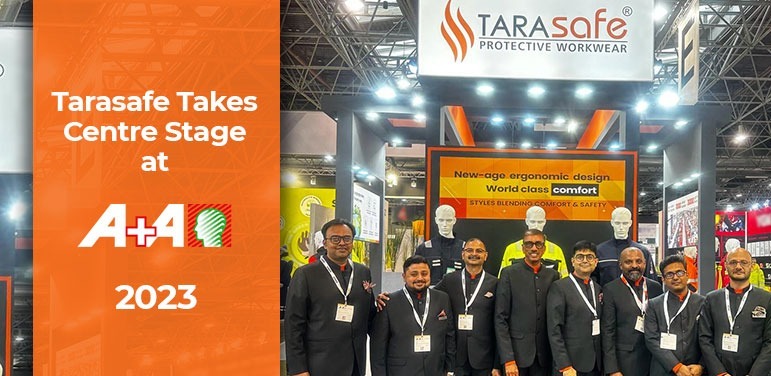
Tarasafe Unleashes Innovative Safety Solutions at A+A 2023
Delighted to share that we made a significant impact at A+A 2023 held from October 24 to 27 in Düsseldorf, Germany. Aplus 2023 event’s theme, “Inspirations for a Better Work Environment,” was in perfect alignment with our mission of ensuring workplace safety and health. Our presence exemplified its commitment to promoting sustainable safety and health …
Read More
Do emblems and decorations on flame-resistant clothing need to be flame resistant?
Flame-resistant clothing (FRC) is crucial for protecting individuals working in high-risk environments involving fire and heat hazards. FRC is designed to resist ignition, self-extinguish, and minimize burn injuries. Specific emblems & decorations like embroidery, heat transfer etc. may be used on the FRC for representation of company logos, norms that the garments meet or any …
Read More
What indicators are an adequate PPE based on?
Personal Protective Equipment (PPE) is designed to ensure the safety of workers in hazardous environments. However, not all PPE are manufactured equal. Adequate PPE is crucial in protecting workers and ensuring job safety. Critical indicators of an adequate PPE: 1. Protection – The primary function of an adequate PPE is to protect workers from specific …
Read More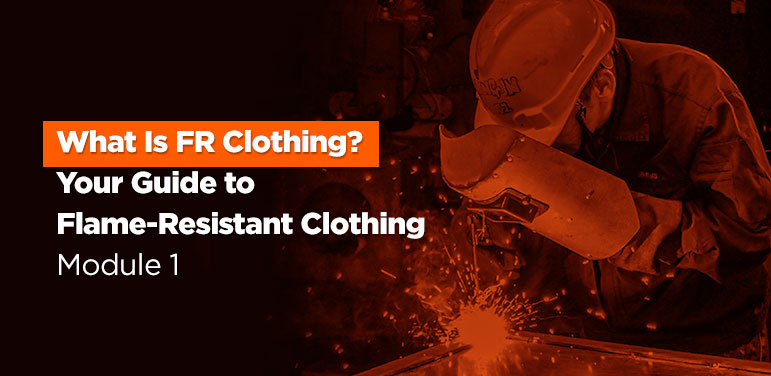
A Refresher Course To Flame Resistant Clothing (FRC) – Module 1
Table of Contents – Module 1: February 2021: What Is Flame-Resistant Clothing (FRC)? Who needs to wear FRC? Is there a difference between Primary and Secondary Protection? What should be worn under the FRC? Flame-Resistant/ Fire-Resistant/ Fire-Retardant – What is the difference? What is FRC made of? What are the benefits of FRC? How to Shop …
Read More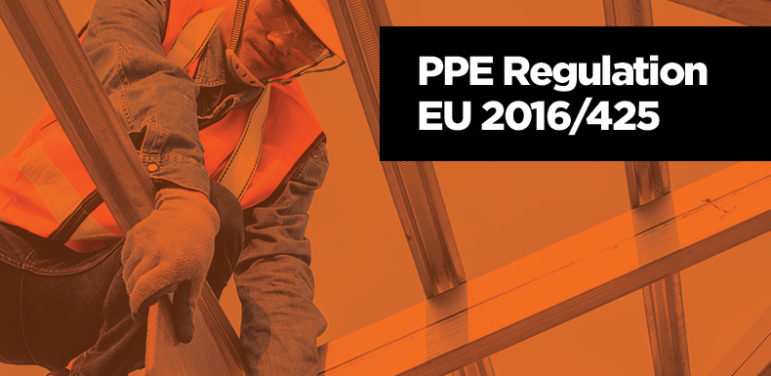
PPE Regulation EU 2016/425 – It’s administration
The PPE Regulation EU 2016/425 was published in March 2016 and came in force from 20th April 2016. However, this regulation was fully applicable from 21st April 2018 onwards. The EU regulation replaces the PPE Directive 89/686/EEC. Important points – PPE Regulation EU 2016/425: Products already placed in the EU markets before 20th April 2018 under …
Read More
